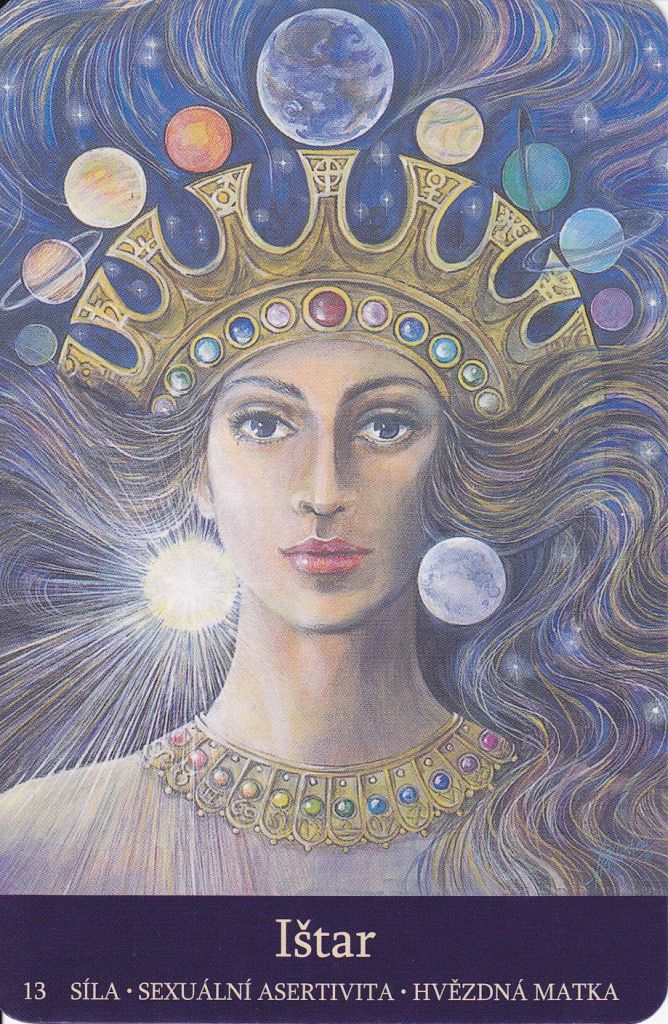The Flower of Life is an ancient symbol which is hailed in ‘sacred geometry’ and has origins in the Sumerian culture. This symbol, which is revered as being the origin symbol which appears in all geometry (the form essence of all life itself) is intended to display the infinite nature of life, and has been studied for centuries. Sumer is the earliest known civilization in the historical region of Southern Mesopotamia (now Southern Iraq), between the sixth and fifth millennium BC. This was about 2,600 years ago. Also noteworthy is the worship of the Sumerian goddess, Ishtar, who is revered as the goddess of love and fertility from Sumerian culture — note, that the pronounciation of the word “Ishtar” sounds very similar to the Christian holiday, “Easter,” which the word is originally derived from. It’s certainly ironic and interesting to consider that Easter has a connection to the worship of a female goddess who represents love and fertility: life itself.
Even more enticing to consider is how the Sumerian worship of the goddess Ishtar enabled the ideals of a matriarchy, which allowed for a much healthier, harmonious, and much less oppressive relationship to women in society versus the oppressive and toxic nature that a patriarchy can have. The world’s earliest culture seemed to have had the ‘right model’ for civilization and perhaps we can learn from Sumerian civilization — treat women fairly and moreover, appreciate and revere women for the life creators that they are. Aphrodite, the world’s most famous Goddess of Love, was based on Ishtar… The story of Aphrodite and Adonis was based on the Mesopotamian myth of “Inanna and Dumuzid.” Inanna is also a name that Ishtar was referred to by.
The Psychoanalyst Nancy Qualls-Corbett writes in her book, The Sacred Prostitute: Eternal Aspect of the Feminine regarding how sacred prostitutes (this remains a contested topic amongst academic researchers, but there is enough ancient resources to suggest that this was an ancient practice) is a way to understand worshipping Ishtar: “In her temple, men and women came to find life and all that it had to offer in sensual pleasure and delight. But with the change in cultural values and the institutionalization of monotheism and patriarchy, the individual came to the House of God to prepare for death.” Ultimately, when one ‘flips the script’ of our life stories and our perceived commitments to monotheistic standards, we may consider how worshipping the beauty of life is actually rooted in the matriarchy rather than the patriarchy… Perhaps we’d all do better if we spent more time pondering the good tidings of Ishtar and ruminate on how life is actually best represented in the concept of it being a never ending matriarchal continuum beyond death. Mother Earth… The Flower of Life… Sumerian culture… Ishtar…




